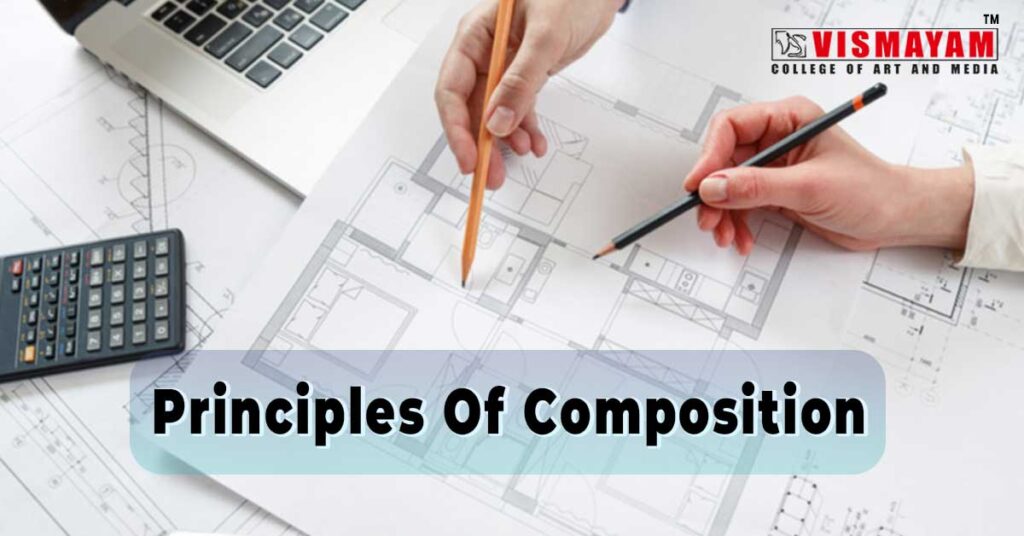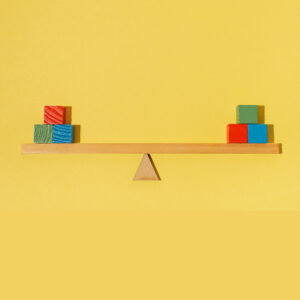Visual principles in a composition NATA drawing syllabus

Visual principles in composition.
Visual principles in a composition function similarly to grammar in a communication language. We appreciate poetry, stories, or literature because of how it is organized with its sentence structure, presentation style, phrases employed, and so on. Likewise, every moving work of art or building has a visual grammar. Buildings and art have a visible grammar, also known as design principles, that connects the parts of the design.
Visual principles in a composition are merely one’s discoveries or ideas about a picture, solids, or process. It could be an analysis based on fixed elements. Visual analysis and analytical methods are fundamental in the field of architecture design. Visual principles in composition are an essential ability that an architecture student needs to produce ideas and conceptual designs over the study term.
Visual design’s general principles are balance, rhythm, emphasis, proportion and size, movement, contrast, and unity.
Balance

The Sree Padmanabhaswamy Temple at Trivandrum is an excellent example of balanced construction. If we consider a centre line or axis, the visual weight assigned in this image to the left and right parts is the same, and this is referred to as symmetrical or formal balance.
Unity

This fundamental design idea defines groups of the same shape, colour, pattern, etc. This principle may be found in all of the images provided with this article for your convenience. The eminent architect Laurie baker designed this coffee restaurant structure in Thiruvananthapuram.
Emphasis
The emphasis of a design is a component or part in a composition that is purposefully created to catch one’s eye or set the focal point is considered a visual principle. It can be performed through positioning, colour, size, shape, or lines.
Rhythm and Movement
The rhythmic design structures are the repeated applications of design components such as line, shape, colour, texture, or pattern. In a composition, movement refers to how the eye moves from one part to another; it’s how we adjust our attention. This can be accomplished by employing pieces or patterns that repeat or alternate.
Pattern
Repeating specific visual features, such as a single unit or a slew of forms, is referred to as a pattern. Patterns can provide balance, organize surfaces consistently, or add contrast. Floor tiles in department stores are an example of this.